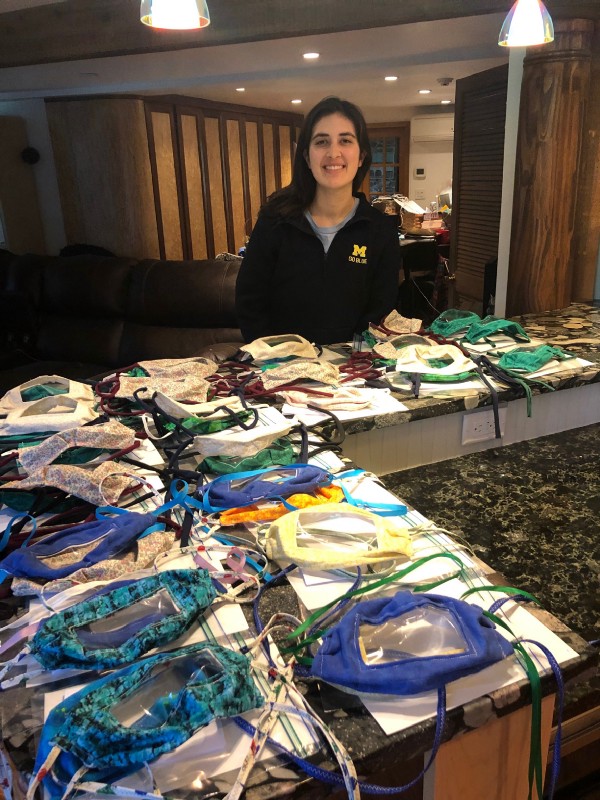
Because COVID-19 spreads via respiratory droplets that disperse through sneezes and coughs, shielding the mouth and nose is an important weapon against the virus. But it can also hinder conversations for people who rely on reading lips. “Communication barriers are already difficult sometimes, and this makes it more difficult,” says linguist Jami Fisher, director of Penn’s American Sign Language (ASL)/Deaf Studies program.
It’s one of the trickiest aspects of this pandemic for those in the Deaf and hard-of-hearing communities, Fisher says. The challenge doesn’t stem just from misunderstandings due to wearing masks. It’s also about the dissemination of accurate and timely information, knowing who to rely on and how to assess what’s being said.
Trusted sources like the Swarthmore, Pennsylvania–based nonprofit Deaf-Hearing Communication Centre (DHCC), a Penn community partner, have filled that gap, frequently updating information on its social media channels and websites. Governors and mayors are more frequently using Certified Deaf Interpreters (CDI) during press briefings, and Penn alum Kate Panzer, who graduated in 2018, started a project with DHCC to sew masks with clear fronts to offer both lip-reading access and protection.
Innovative masks
Like much of the country, Panzer has stayed inside for the past several months. When the pandemic started to worsen, she temporarily left a research position in Michigan and returned to her childhood home in Media, Pennsylvania. And like many people, she wanted to give back.
At Penn, she’d taken several American Sign Language classes through the program Fisher runs, so when she read an article about a student in Kentucky making clear-fronted masks, it piqued her interest. She reached out to Fisher, who connected her with Kyle Rosenberg, DHCC’s community development and outreach coordinator.
As a volunteer, she shared her mask idea with Rosenberg. “Even in normal times, the Deaf community really struggles with clear communication,” says Rosenberg, who is himself deaf. “ASL is very visual. It relies on body language. Covering up the mouth with a mask makes communication 10 times harder.”
Rosenberg helped Panzer tweak a design and create a process to reach the community, and they took their first order on April 23. Since then, they’ve shipped about 450 masks, with a backlog of requests for hundreds more.
Though the response has been overwhelmingly positive, when constructive feedback comes in, they do take it to heart, Panzer says. For example, when mask-wearers told them that the elastic bands they’d been using rubbed uncomfortably against hearing aids, they switched to fabric ties that go around the back of the head. The masks are not medical grade, so they can’t be used in a hospital setting, but Panzer says her goal was to improve everyday interactions.
“When you can only see the eyes, it takes a lot out of expressive communication for Deaf people,” says Fisher, whose parents and one brother are deaf. “It’s really important that they be able to more fully convey facial expressions and mouth movements that influence meaning.” Masks with clear fronts help.
Continue reading at Penn Today.
